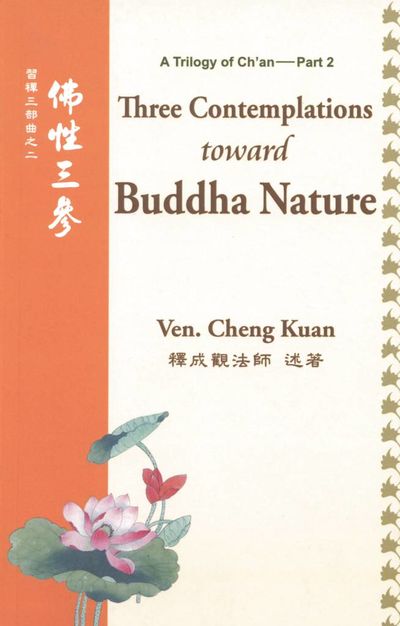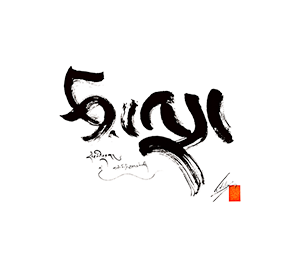This book presents the three most renowned genres of contemplation in Mahayana Ch’an Buddhism. They are: Kong-an, Hua-to, and the Seven Enquiries about the Mind.
As for Kong-an, the subject matter employed here are all concerning Master Bodhidharma, the first Patriarch of Chinese Ch’an Buddhism and the 28th Patriarch of in India. These three Kong-ans are:
1. The Mind is Nowhere to be found
2. The Patriarch’s Quatrain for advanced practice
3. Bodhidharma’s Skin, Flesh, Bones, and Marrow
After reading these, you would have a pretty clear picture about Kong-an and how to make contemplation on it, as well as about the over-all quintessence of fountainhead of Ch’an Buddhism.
The second renowned genre of contemplation in Ch’an Buddhism is Hua-to. Hua-to is, as it were, a diminutive of Kong-an. Or to put it this way, Kong-an is a novel, a long story, while Hua-to is a novelette, a short story. But both of them are stories. By the same token, the Kong-an is a long contemplative material, containing a story with a complete plot––the beginning, the middle, and the denouement (ending)––for its body. Whereas the Hua-to would not have a plot; it consists only of a sentence, or a phrase. Therefore, in comparison with Kong-an, it is similar to a Kong-an in miniature, or a compressed Kong-an, for the general effect resulted in contemplating on Hua-to was supposed to be the same in contemplating on Kong-an. The instance of Hua-to scrutinized here is “Who is saying ‘Namo Amito-Fo’ (or 'Namo Amitabha Buddha')?”
The third genre of contemplation in Ch’an Buddhism is one based on the Text of the Sutras. And under this rubric, the one cited and examined here is just a very prestigious one, if not the most renowned; it is called “The Seven Inquiries to locate the Mind,” from The Surangama Sutra. With the knowledge and skills built up in learning to contemplate on the first two genres, the Kong-an and Hua-to, one would then be able to go on to learn and practice the contemplation of this genre. And having learned about the three genres of contemplation presented in this book, one would virtually have covered the most predominant contemplations in Ch’an Buddhism. (Source Accessed Mar 12, 2020)

